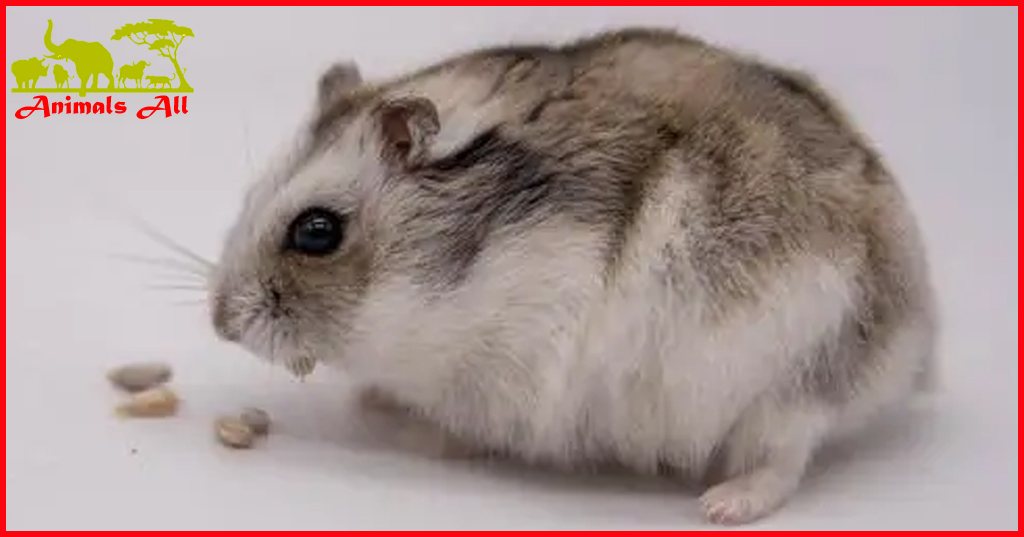
Do hamsters have tails?
Hamsters have tails, but they are short and hard to see. They help with balance and emotional expression, and the shape varies among species. Pet owners should understand the function of the tail, avoid harm, and keep the environment clean and safe to protect the tail’s health.
When discussing the seemingly simple but actually interesting and informative question of “Do hamsters have tails?”, we can’t help but delve into the world of hamsters, a small pet, to uncover the mystery of their body structure. Hamsters, as one of the most popular cute pets in the pet world, have won the love of countless people with their round bodies, smart big eyes and short limbs. However, as to whether they have tails, perhaps not every breeder knows the details.

Hamster’s tail: hidden secrets
First, let’s answer clearly: hamsters do have tails, but their tails are particularly short and difficult to detect compared to other mammals. This feature is, to a certain extent, the result of long-term natural selection and evolution of hamsters. Hamsters mainly live in hidden environments such as caves and bushes. In order to more effectively escape the pursuit of natural enemies, they have evolved short and close-fitting tails to reduce the risk of tripping when moving quickly or shuttling through narrow spaces. Therefore, although the hamster’s tail exists, it is often ignored and even mistaken for an animal without a tail.
The function and morphological diversity of the tail
Although the hamster’s tail is not conspicuous, it still has certain physiological functions. As a part of the hamster’s body, the tail helps to maintain the body’s balance, especially when jumping, climbing, etc., the slight swing of the tail can help the hamster maintain stability. In addition, the tail is also a way for hamsters to express their emotions. When they are afraid or uneasy, their tails may tremble slightly, conveying nervous emotions.

It is worth noting that the shape and length of hamster tails vary among different breeds. For example, the Syrian hamster (also known as the golden bear) has a relatively long and obvious tail, while the tails of small breeds such as the dwarf hamster are shorter and almost imperceptible. This morphological diversity further demonstrates the richness and complexity of hamsters as a family of small mammals. The
Connection between tail and pet care
For hamster pet owners, understanding the existence and function of hamster tails will help to better care for their pets. In daily feeding, avoid pulling or squeezing the hamster’s tail to avoid causing unnecessary injury and pain. At the same time, keeping the breeding environment clean and safe, and reducing the risk of hamsters getting injured from chasing toys or falling while climbing, are also important measures to protect the health of hamster tails.
Conclusion
To sum up, the answer to the question “Do hamsters have tails?” is undoubtedly yes. Hamsters not only have tails, but their tails also play an important role in survival, emotional expression, and pet culture. By gaining a deeper understanding of the body structure and habits of hamsters, we can have a more comprehensive understanding of this lovely creature, and thus give them more care and respect in the process of pet care. At the same time, the hamster’s tail also reminds us that every life form in nature has its own uniqueness, which is worth our careful observation, learning, and cherishing.


One thought on “Do hamsters have tails?”
Comments are closed.